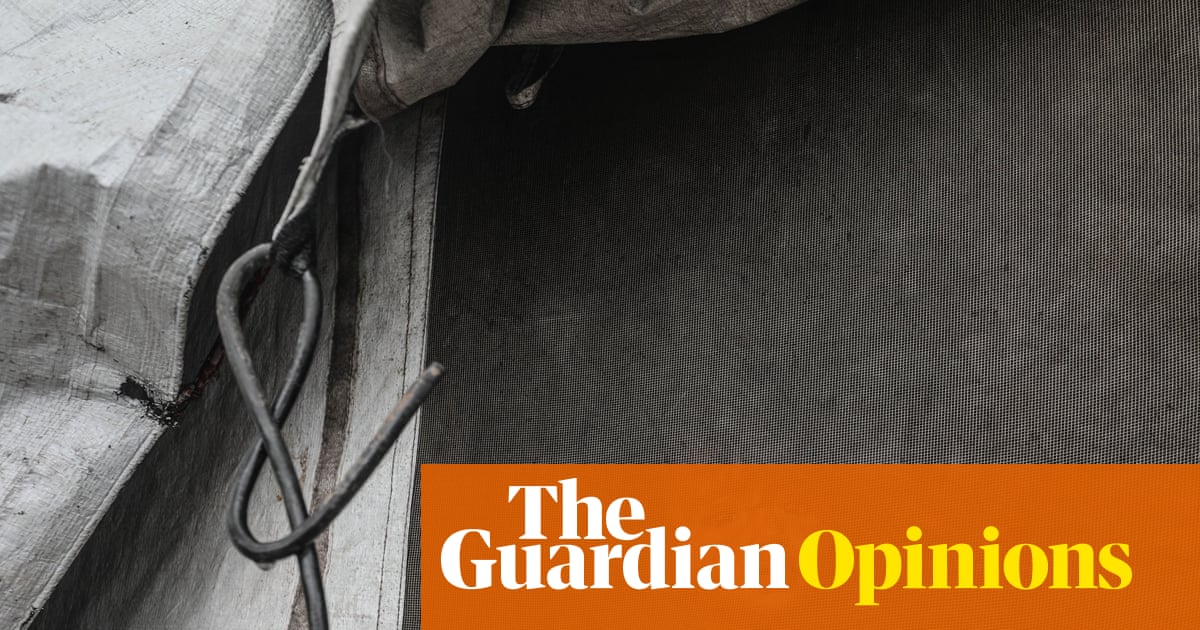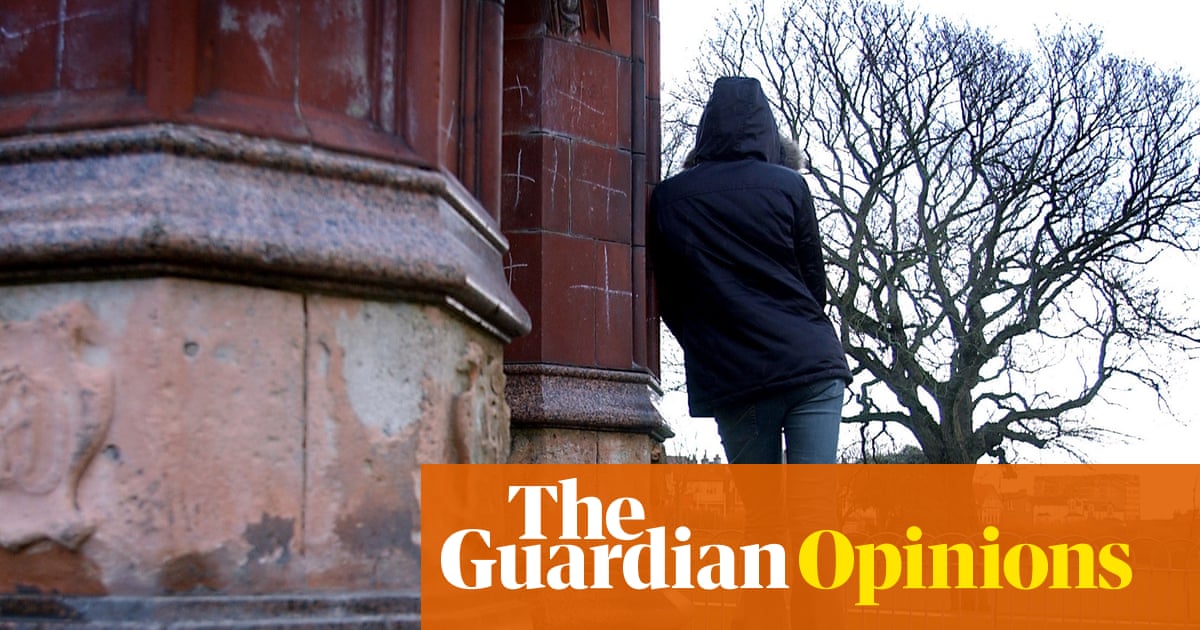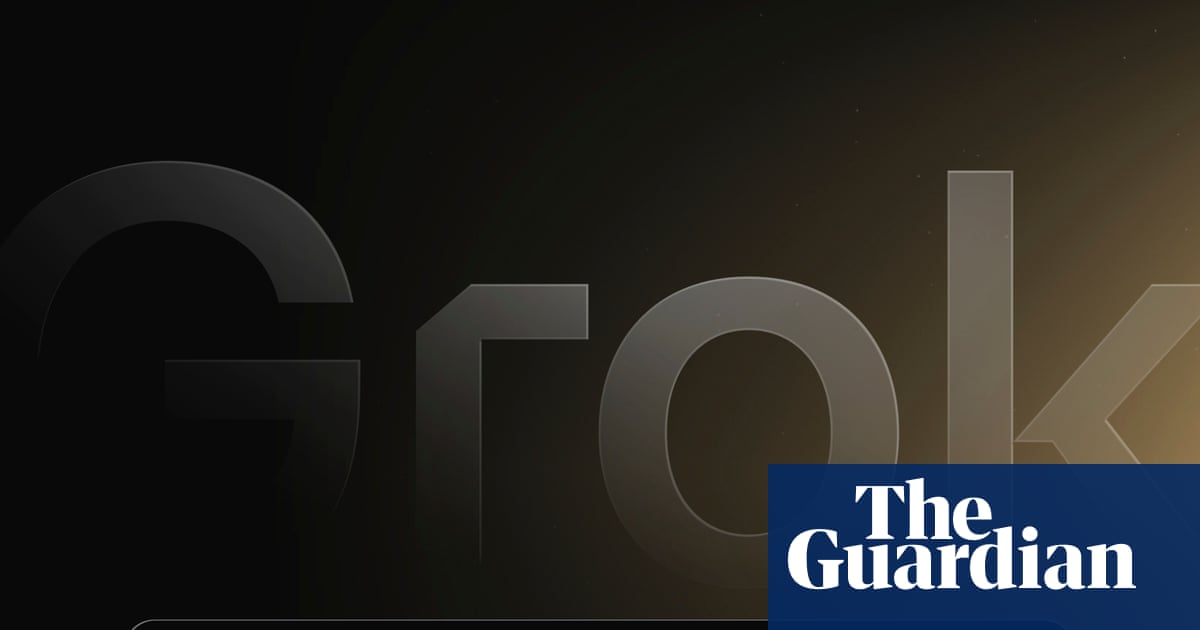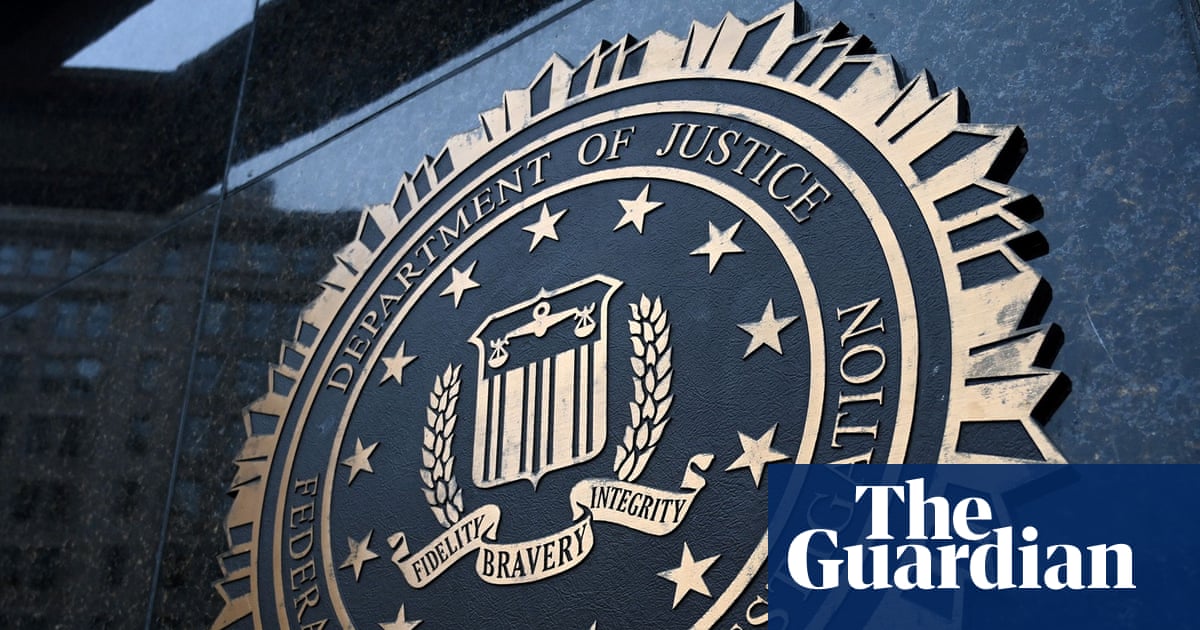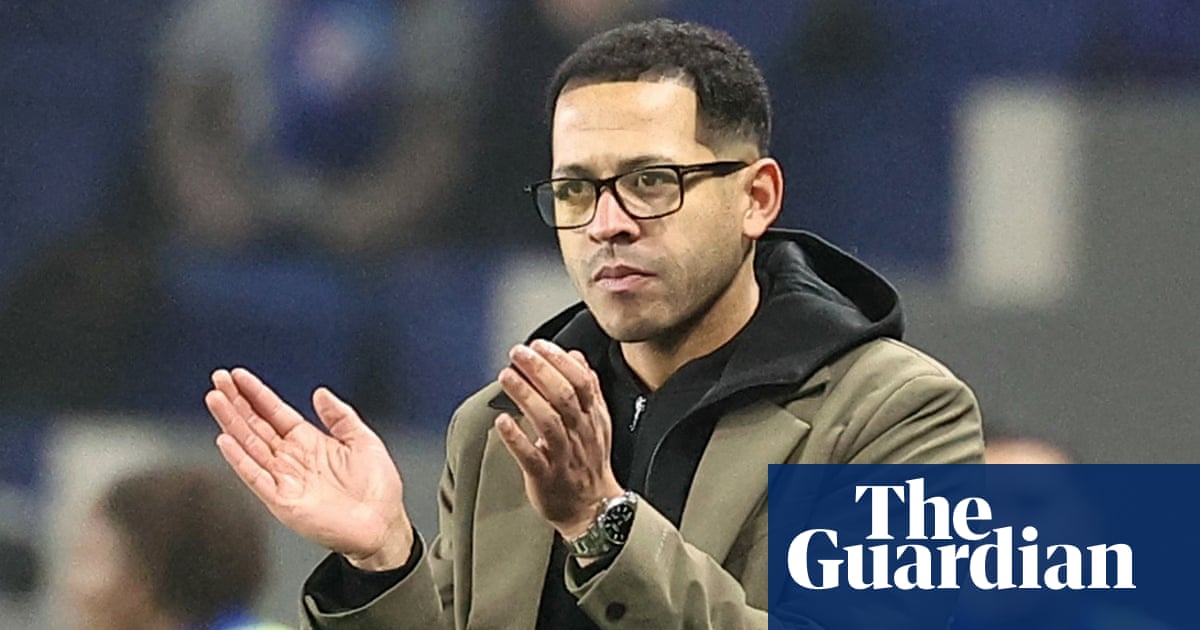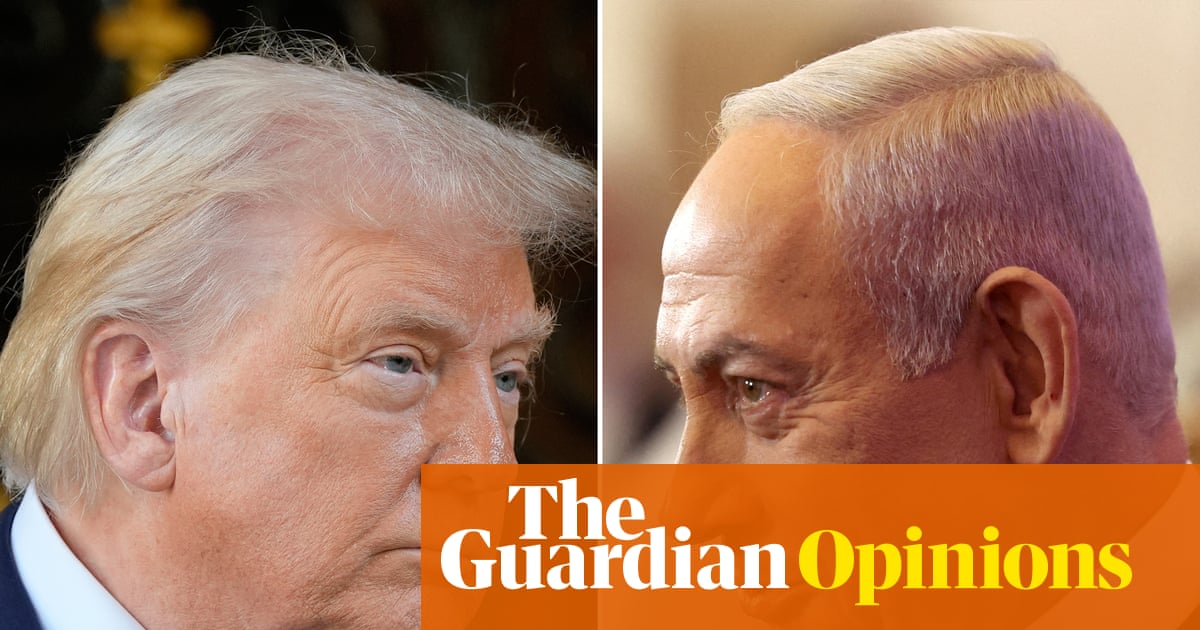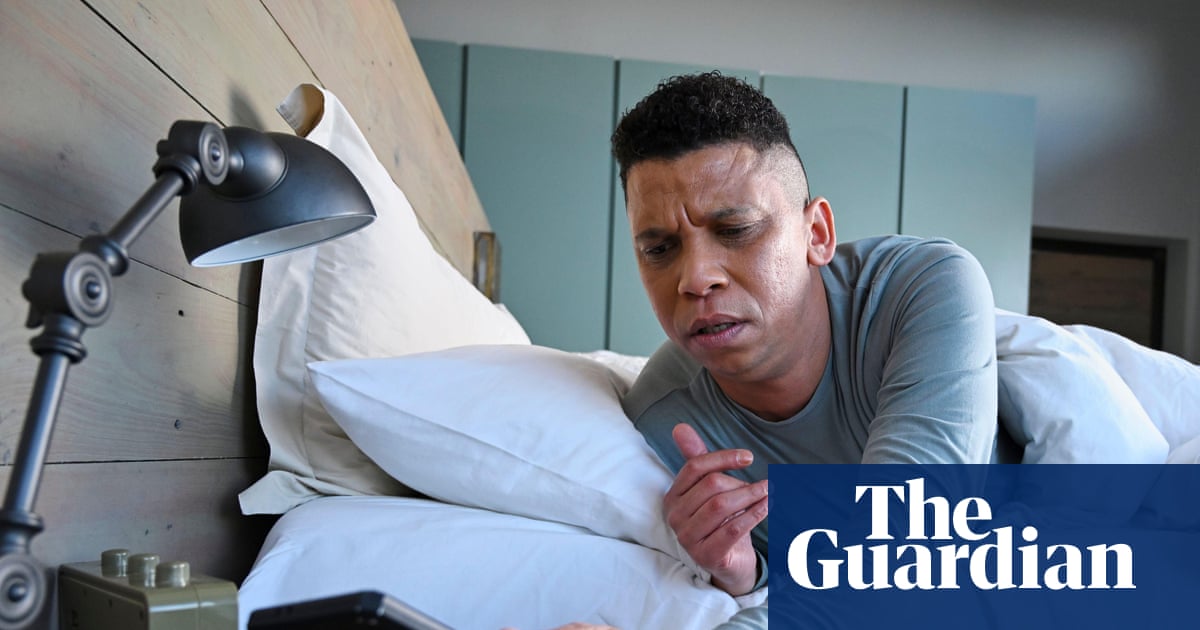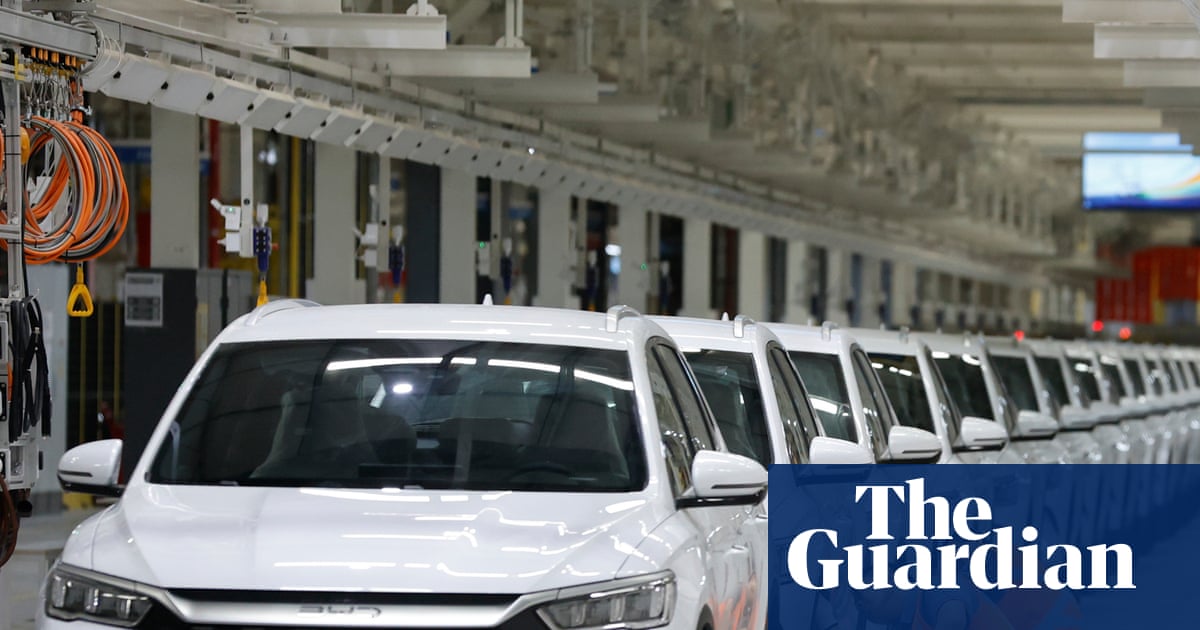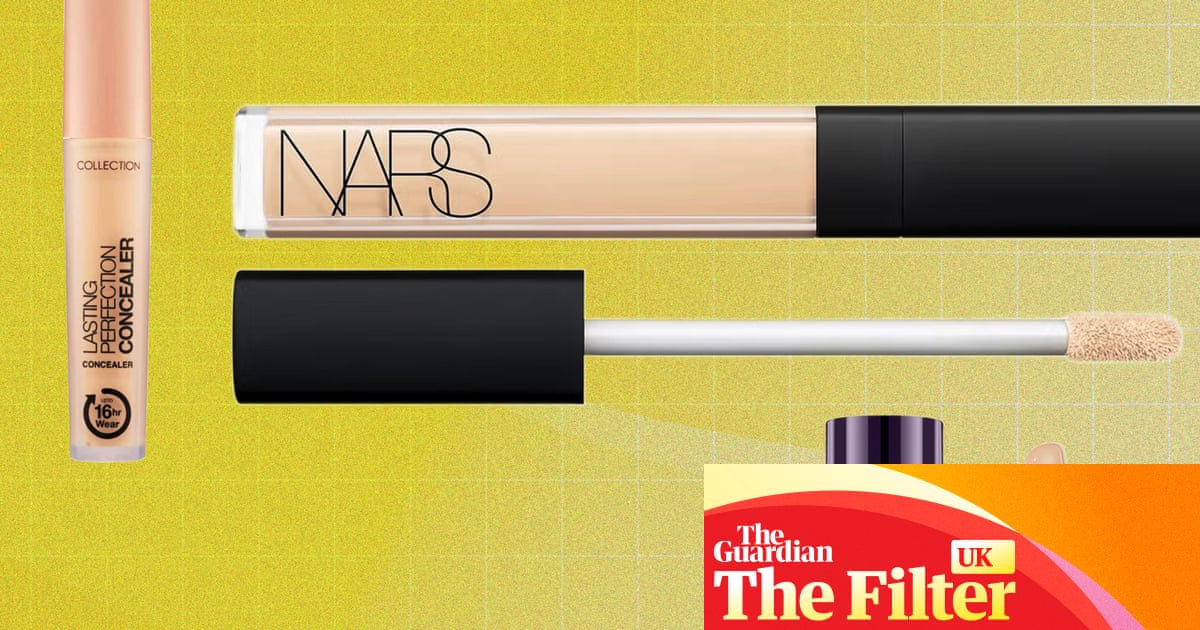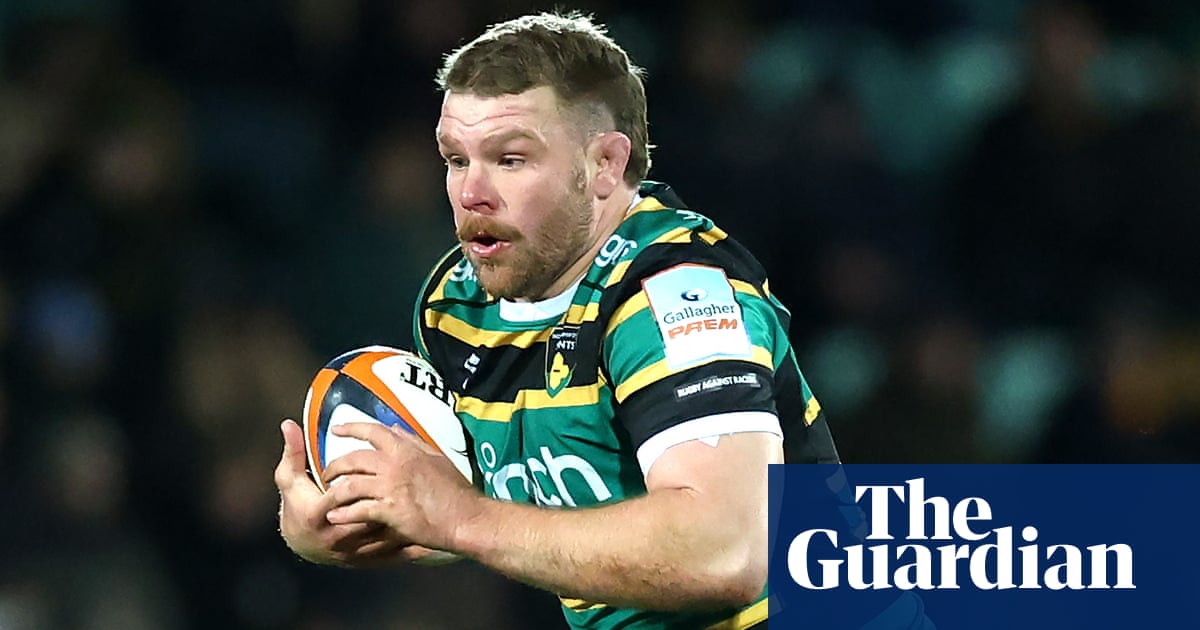After a long spell of stormy weather, there might be blue skies ahead at Burberry, maker of the world’s most iconic trench coats.
London fashion week’s headline act staged their show music-festival style, in an open sided tent with a sawdust floor. The canvas ceiling was painted a perfect summer blue, like the sky at this year’s Glastonbury.
The last few years have been tough at Britain’s biggest luxury brand. In May, Burberry announced it was to cut 1,700 jobs from its 9,300 global workforce in an attempt to reduce costs after annual pre-tax profits tumbled 117% in the last financial year. But just hours before this show, Burberry rejoined the FTSE 100 after dropping out last year. A much-needed reset looks to be beginning to click.
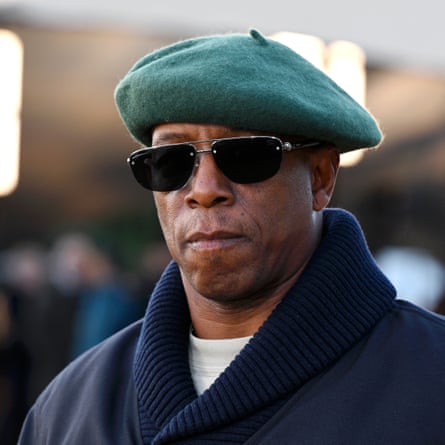
“Britain in the summer is obsessed with music festivals”, said the designer Daniel Lee backstage. “And this year felt extra special – Glastonbury was amazing, Kendrick was here, we had Oasis. And musicians always have the best style.”
The soundtrack was Black Sabbath, which Lee has been listening to on repeat since the death of Ozzy Osbourne. The clothes were more Woodstock than Wilderness: flower power daisies, skinny scarves, whipstitched leather jackets, tarot card prints and tiny crochet dresses.
Lee said he was thinking about the upcoming quartet of Sam Mendes films about the Beatles, but also that “fashion has been oversized for so long, we wanted to challenge ourselves. A smaller silhouette feels newer now.”
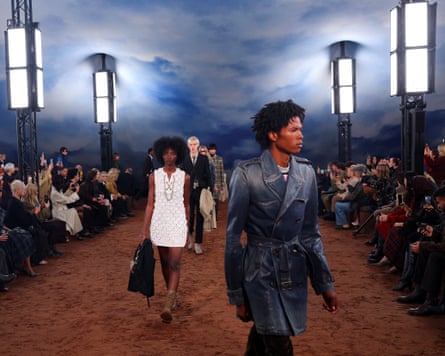
Some of the trippier pieces perhaps looked a touch far-fetched, but drama is as much a part of Burberry as functionality. To be properly British, after all, you need common sense and a daft sense of humour. Burberry’s bread and butter is outerwear, so itsy-bitsy dresses came topped with the kind you need for a festival when the sun goes down: fringed leather jackets, and waxed canvas parkas.
It looks increasingly likely that Yorkshire-born Lee, who joined Burberry during the downturn and whose job has seemed precarious for much of his three-year tenure, will survive the storm. He was cheered on by the eclectic line up of British celebrities which has become a Burberry signature. Maya Jama was next to Ian Wright, Jack Draper was deep in tennis chat with Anna Wintour, while Jennifer Saunders was between Twiggy and Joanna Lumley.
A “Burberry forward” turnaround plan has been set in motion by the chief executive, Joshua Schulman – who joined Burberry last year from New York where he led the resurgent accessible luxury brand Coach – and the downward curve of Burberry sales is slowing significantly.
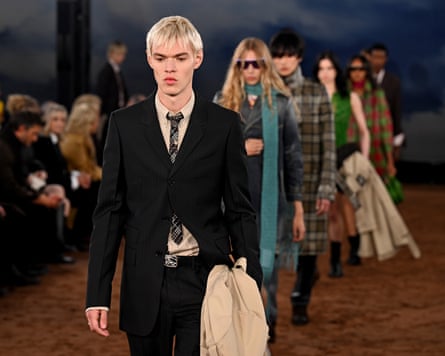
Schulman’s international perspective could be helping Burberry tell its story about Britishness and heritage in a way that connects with shoppers, and the brand has cut through with unexpected celebrity tie-ups including the actor Richard E Grant on the catwalk in February’s show, and the Premier League footballers Eberechi Eze and Cole Palmer on billboards.
After losing customers by hiking prices too high, Burberry is refocussing on more affordable pieces. “Scarf bars” in flagship stores are proving successful in bringing in customers who can’t afford a coat, but want to wear Burberry to stay warm.
About 170 of the planned job cuts will affect the brand’s Castleford trenchcoat factory, where Schulman said overcapacity was “not sustainable”. But Burberry has committed to continued British production, with a renovation of the Victorian factory scheduled to begin next year.

 3 months ago
85
3 months ago
85
